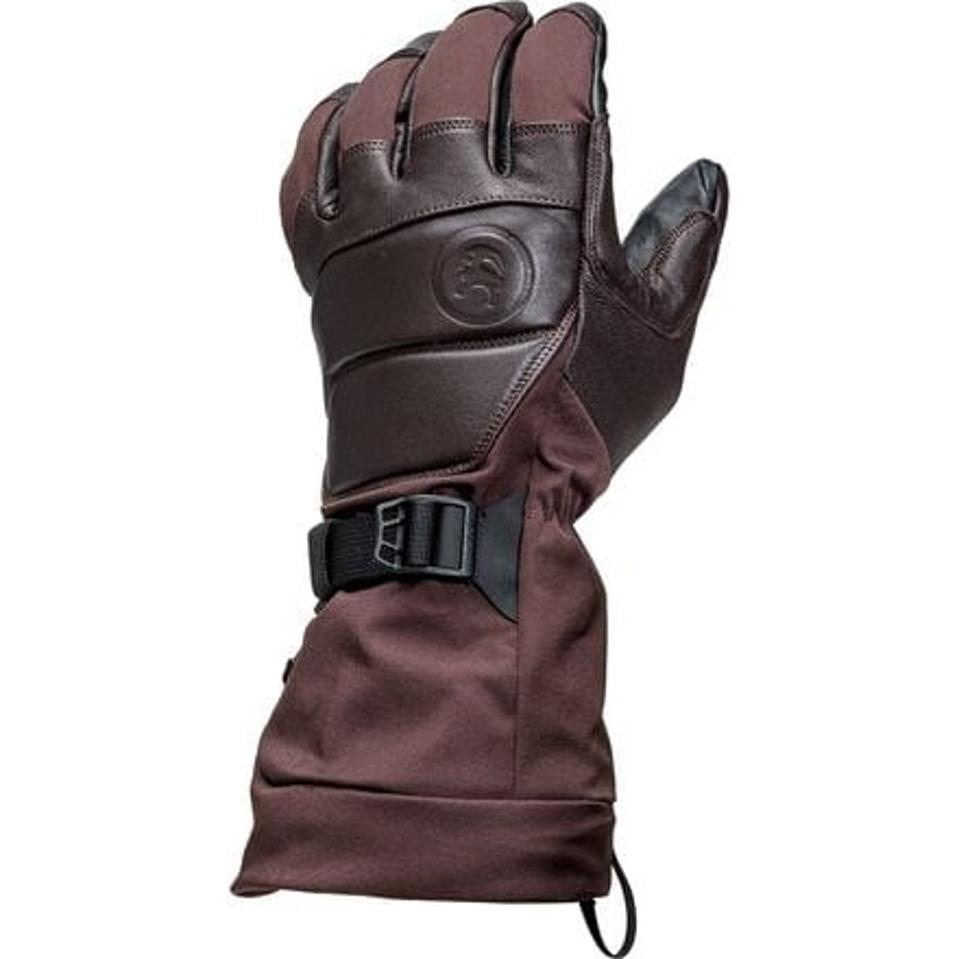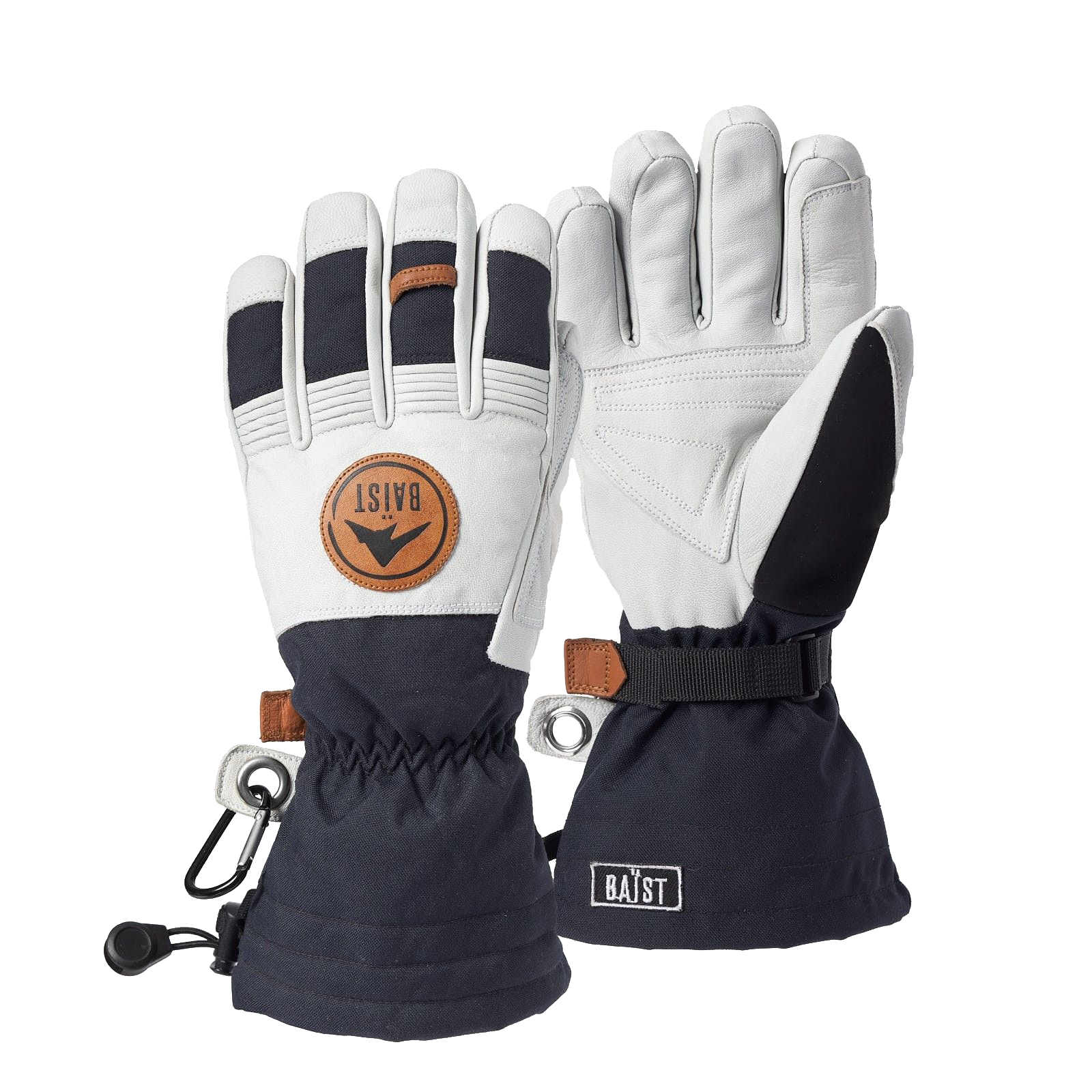Ski gloves are an essential piece of gear for any winter adventurer. Whether you’re hitting the slopes for a day of skiing or snowboarding, having the right gloves can make all the difference in your comfort and performance. With so many options available on the market, it can be overwhelming to choose the best pair for your needs. In this comprehensive guide, we’ll break down everything you need to know about ski gloves, from materials and features to fit and durability.
Understanding Ski Glove Materials
When it comes to ski gloves, the materials used play a crucial role in determining their performance and durability. Here are some common materials found in ski gloves:
1. Leather
Leather ski gloves are known for their durability and water resistance. They offer excellent protection against the elements and provide a snug fit that molds to your hand over time. While leather gloves may be more expensive upfront, they tend to last longer and offer superior performance in harsh conditions.
2. Synthetic
Synthetic ski gloves are often made from materials like nylon, polyester, or Gore-Tex. These gloves are lightweight, breathable, and quick-drying, making them ideal for active skiers and snowboarders. Synthetic gloves are also more affordable than leather options and come in a variety of styles and designs to suit different preferences.
3. Insulation
Insulation is another important factor to consider when choosing ski gloves. Most gloves feature some form of insulation to keep your hands warm and comfortable in cold weather. Common insulation materials include synthetic fibers like Thinsulate or natural materials like down. Look for gloves with adequate insulation for the conditions you’ll be skiing or snowboarding in.
Key Features to Look For
In addition to materials, there are several key features to consider when selecting ski gloves. These features can enhance performance, comfort, and protection on the slopes:
1. Waterproofing
Waterproofing is essential for keeping your hands dry and warm in wet snow or rainy conditions. Look for gloves with a waterproof membrane or coating, such as Gore-Tex, to ensure maximum protection against moisture.
2. Breathability
While waterproofing is important, breathability is equally crucial to prevent your hands from becoming sweaty and uncomfortable inside the gloves. Look for gloves with breathable materials and ventilation features, such as zippered vents or mesh inserts, to allow moisture to escape.
3. Dexterity
Dexterity refers to the ability to move your fingers freely and manipulate objects while wearing gloves. Look for gloves with pre-curved fingers, articulated design, or stretch panels to maintain dexterity without sacrificing warmth or protection.
4. Durability
Durability is key, especially if you’re an avid skier or snowboarder who spends many days on the mountain each season. Look for gloves with reinforced palms, double stitching, and abrasion-resistant materials to ensure long-lasting performance.
Finding the Right Fit
Finding the right fit is essential for optimal comfort and performance on the slopes. Here are some tips for finding the perfect fit:
1. Measure Your Hand
Start by measuring your hand to determine the correct glove size. Use a tape measure to measure the circumference of your hand around the widest part, excluding your thumb. Refer to the manufacturer’s sizing chart to find the corresponding glove size.
2. Try Them On
Once you’ve determined your size, try on several pairs of gloves to find the best fit. Pay attention to how the gloves feel around your fingers, palms, and wrists. You want them to feel snug but not too tight, with enough room for movement and flexibility.
3. Test Mobility
Make sure you can move your fingers and grip objects comfortably while wearing the gloves. Bend your fingers and make a fist to test mobility and dexterity. If the gloves feel restrictive or uncomfortable, try a different size or style.
4. Consider Layering
If you tend to get cold hands easily, consider layering thin glove liners under your ski gloves for added warmth. Liners can provide an extra layer of insulation without compromising dexterity or fit.
Maintenance and Care Tips
Maintaining and caring for your ski gloves is essential to ensure they remain in good condition and continue to provide reliable performance on the slopes. Here are some maintenance and care tips specifically tailored for the best ski gloves:
Follow Manufacturer’s Instructions
Always refer to the manufacturer’s care instructions provided with your ski gloves. Different materials may require specific cleaning and maintenance methods to avoid damage.
Clean Regularly
Regularly clean your ski gloves to remove dirt, sweat, and oils that can accumulate during use. Use a gentle detergent and lukewarm water to hand wash your gloves, taking care not to rub too vigorously, especially with leather gloves.
Dry Properly
After cleaning, air dry your ski gloves thoroughly by laying them flat on a clean towel away from direct heat sources or sunlight. Avoid using a clothes dryer or radiator, as high heat can damage the materials and cause shrinkage.
Treat Leather
If you have leather ski gloves, treat them with a specialized leather conditioner after cleaning and drying to keep the leather soft, supple, and water-resistant. This helps prevent cracking and maintains the glove’s durability over time.
Waterproofing Treatment
Periodically apply a waterproofing treatment to your ski gloves, especially if you notice water absorption or reduced water repellency. Follow the manufacturer’s recommendations for the appropriate waterproofing product and application method.
Inspect for Damage
Regularly inspect your ski gloves for any signs of damage, such as holes, tears, or worn-out seams. Repair any damage promptly using a suitable repair kit or adhesive to prevent further deterioration.
Store Properly
When not in use, store your ski gloves in a cool, dry place away from direct sunlight. Avoid folding or compressing them excessively, as this can cause creases and affect the glove’s fit and performance.
Avoid Chemicals
Avoid exposing your ski gloves to harsh chemicals or solvents, as they can degrade the materials and compromise their performance. Keep your gloves away from gasoline, oils, and other substances that may cause damage.
Rotate Gloves
If you have multiple pairs of ski gloves, rotate them regularly to allow each pair to dry completely between uses. This helps prevent moisture buildup and prolongs the lifespan of your gloves.
Professional Cleaning
For tough stains or heavy soiling, consider taking your ski gloves to a professional cleaner experienced in handling outdoor gear. They can safely clean and restore your gloves without risking damage.
By following these maintenance and care tips, you can prolong the life of your best ski gloves and ensure they remain in top condition for many seasons of skiing and snowboarding enjoyment.
Conclusion
Choosing the best ski gloves requires careful consideration of materials, features, fit, and maintenance. By understanding your needs and preferences, you can select gloves that provide optimal comfort, protection, and performance on the slopes. Whether you prefer leather or synthetic gloves, waterproofing or breathability, finding the right pair will enhance your winter adventures and keep your hands warm and happy in any conditions. So gear up, hit the slopes, and enjoy the thrill of skiing and snowboarding with confidence and comfort!





